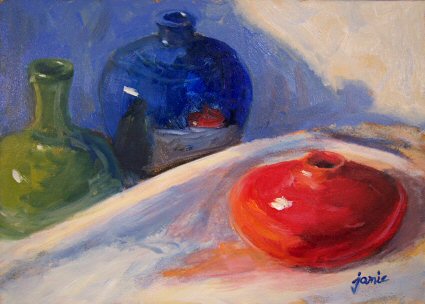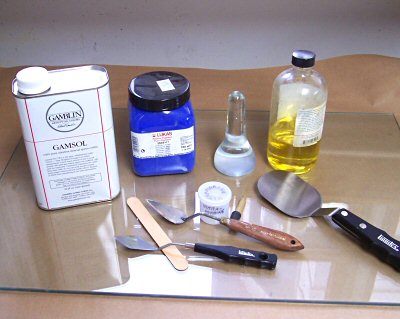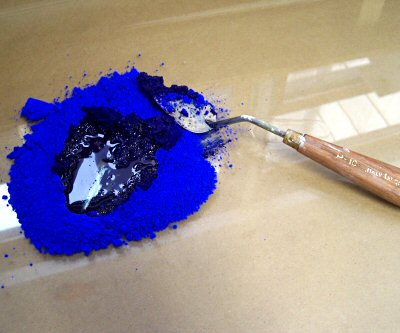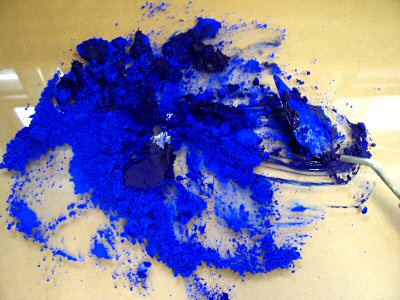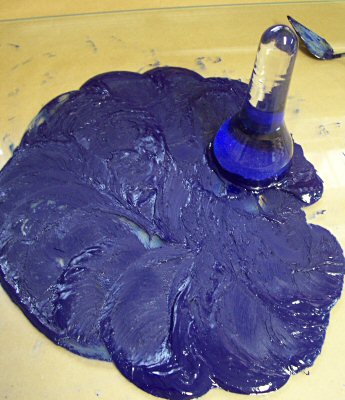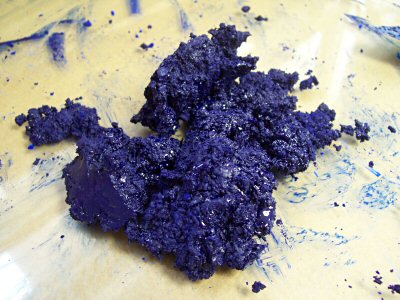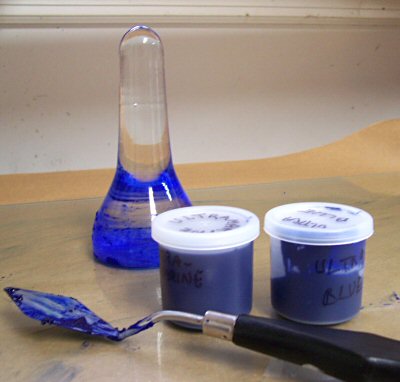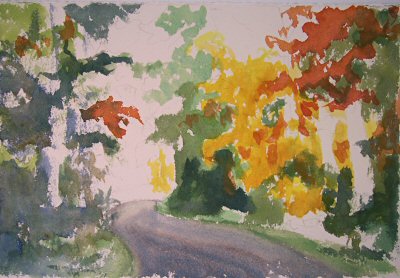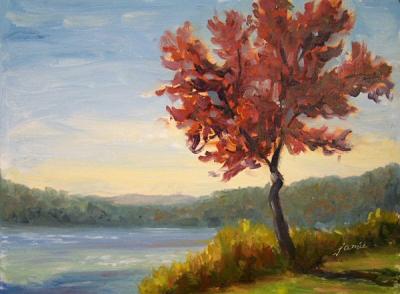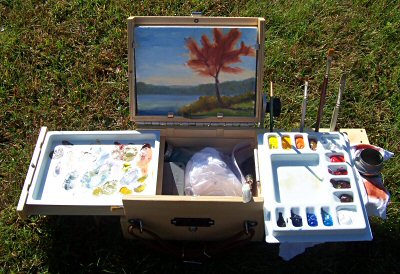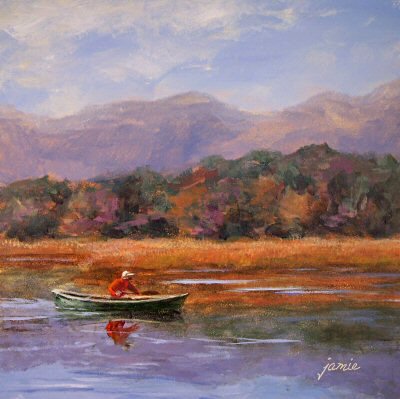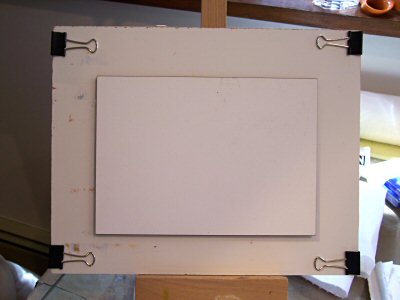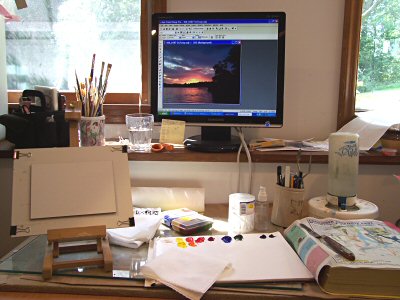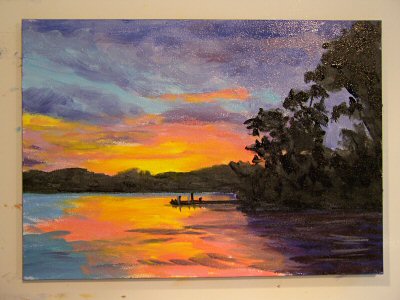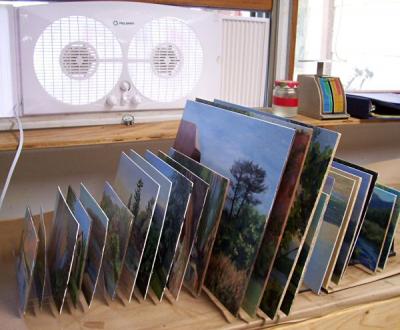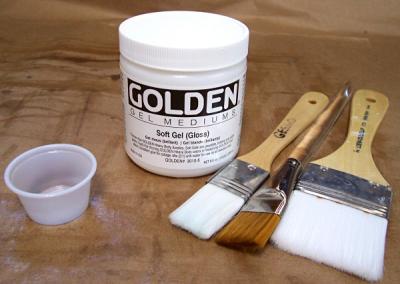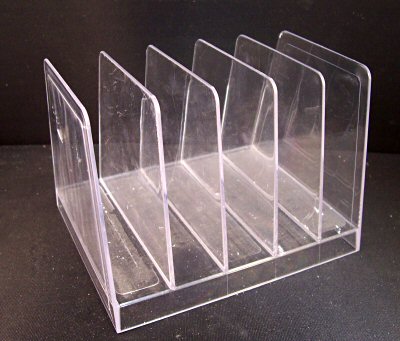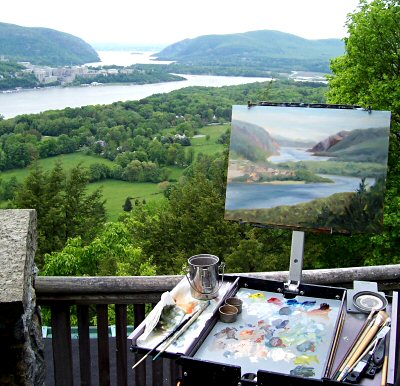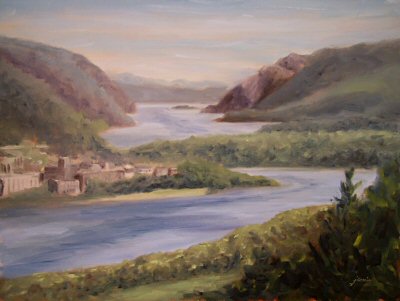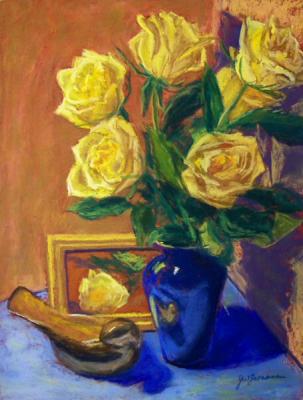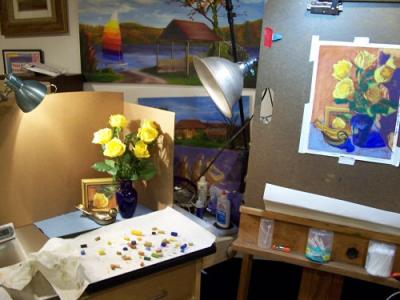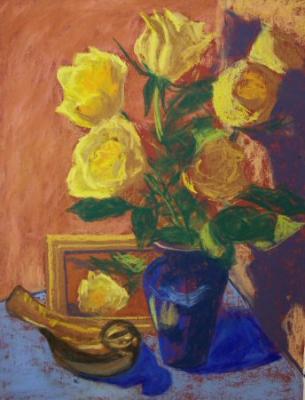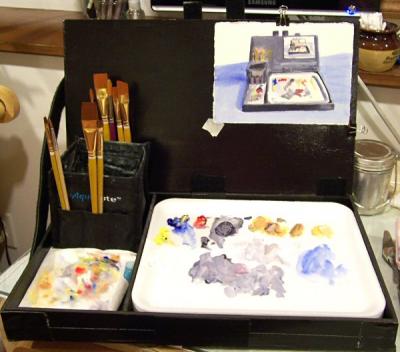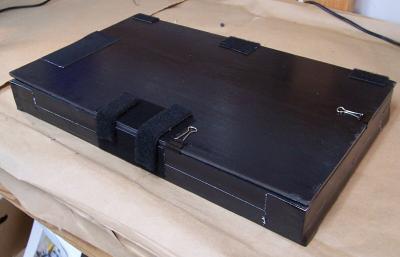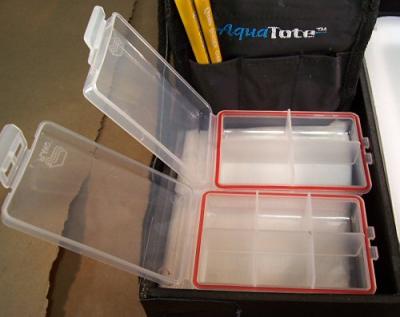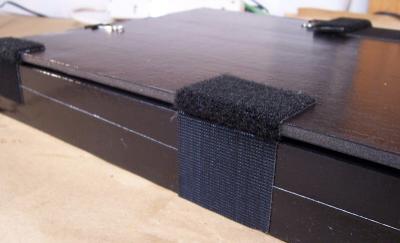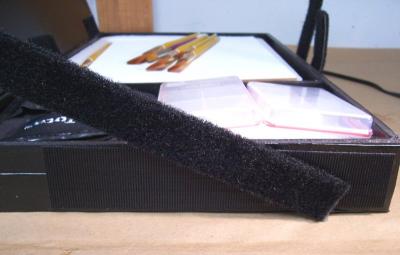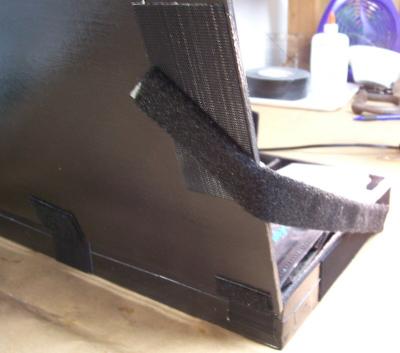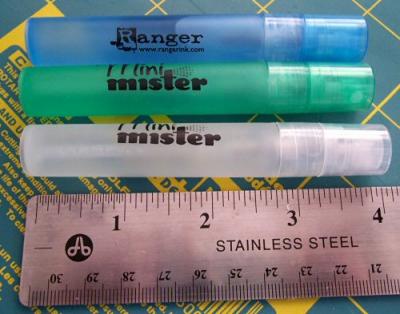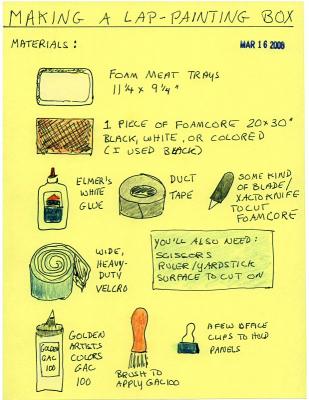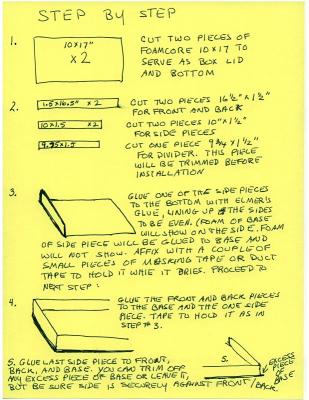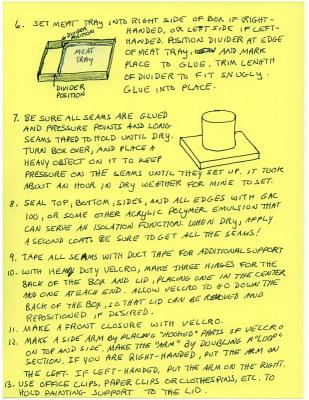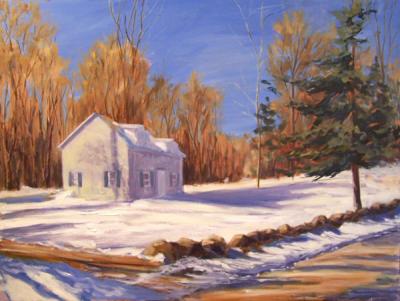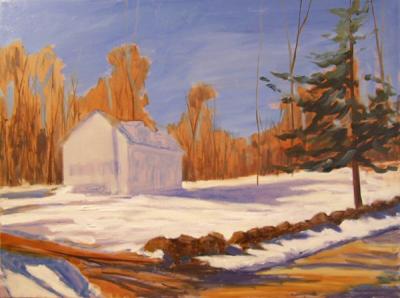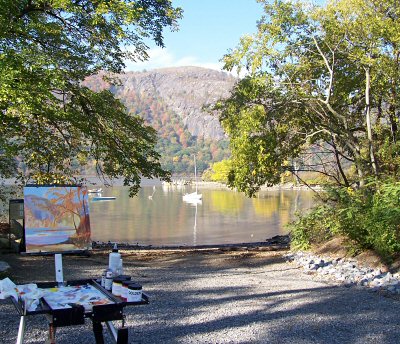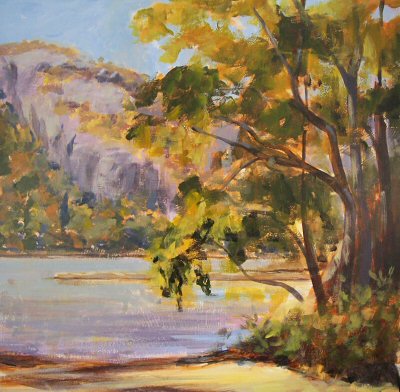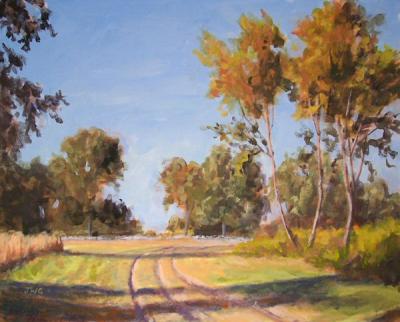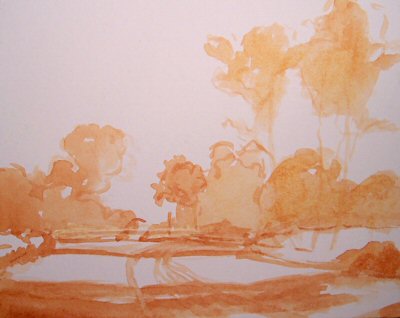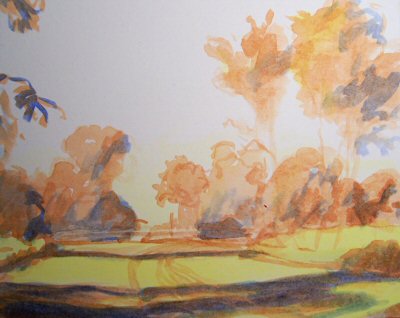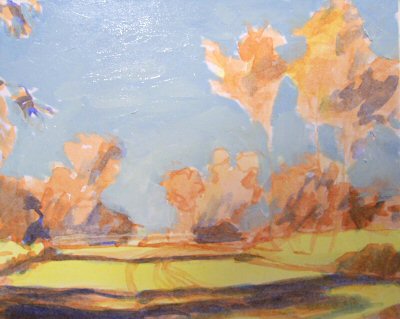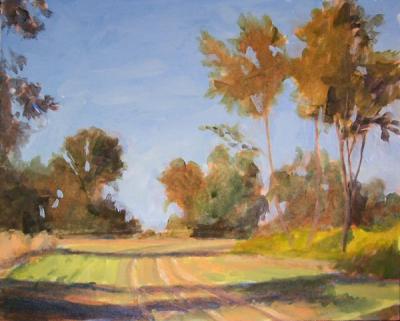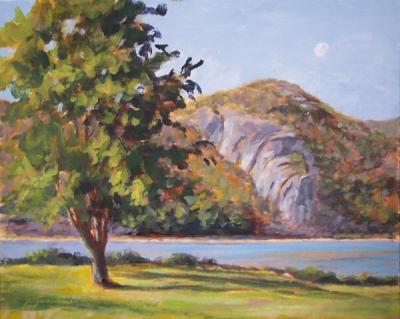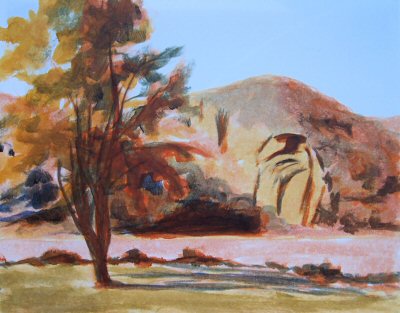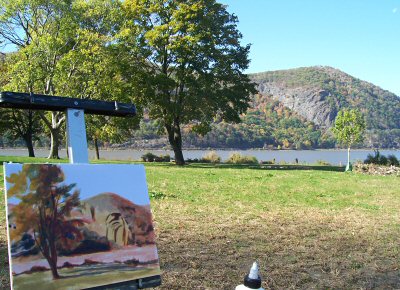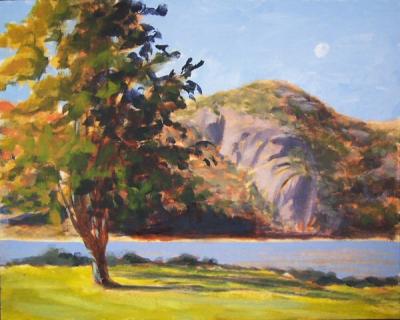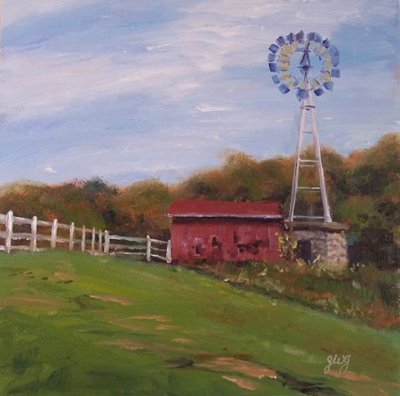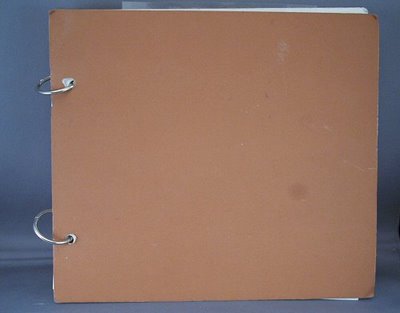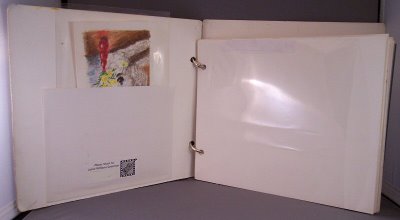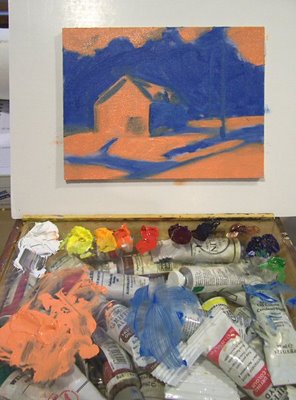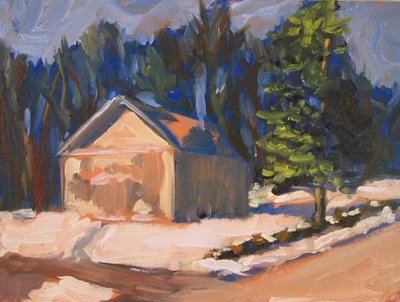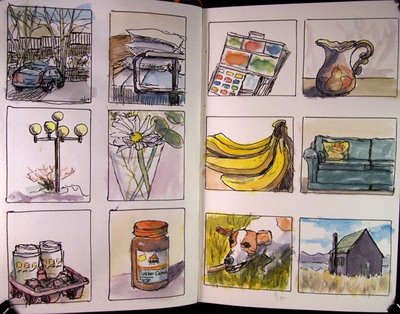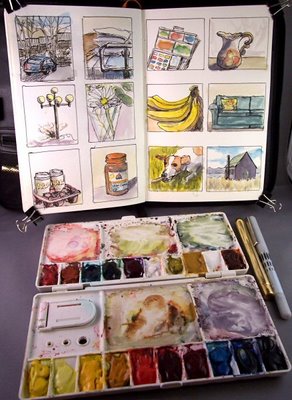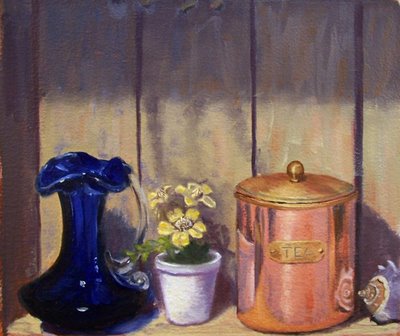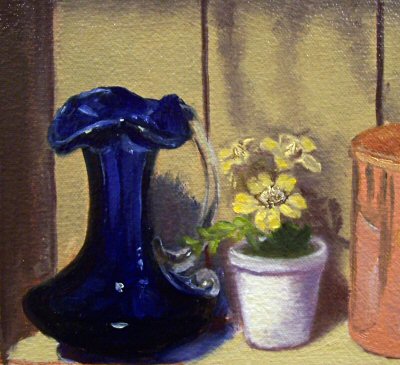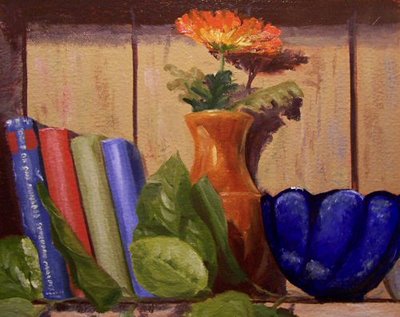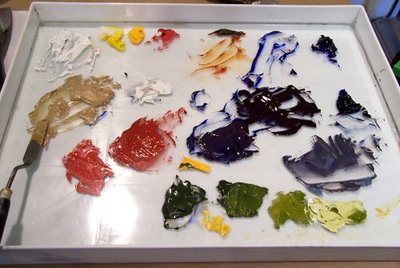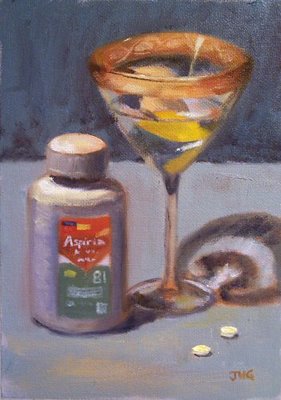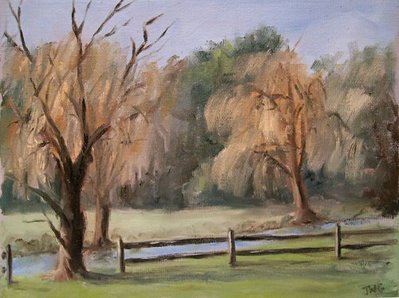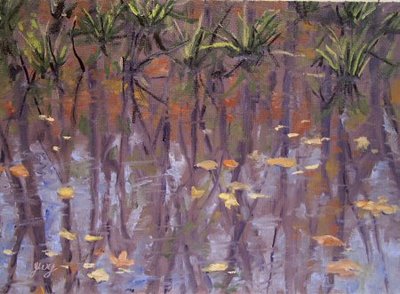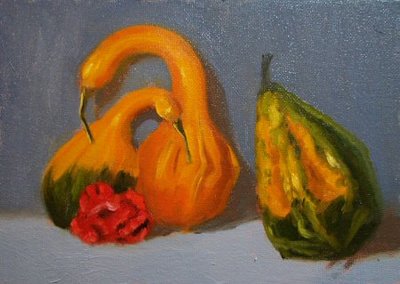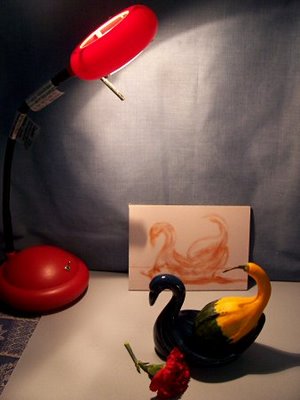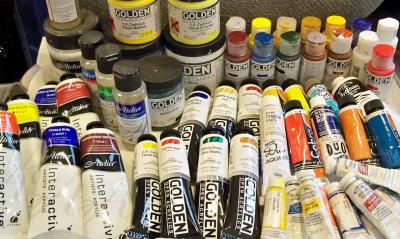
You can click the image above to enlarge it.
These days, there are so many fabulous options for painting with water, if one doesn’t wish to use solvents. A reader made a comment on my blog, asking a question about these choices which I thought would make an interesting blog post.
From Dennis (Edited a bit for brevity. You can see his full comment in my February 25 post.):
….I am curious as to which paint you prefer to work with-artist grade water mixable oil colors or the Open acrylics by Golden? They both seem to be able to allow you the time needed to blend color. ….although I enjoy using Golden Heavy Body,{one of several brands in my paint box} for now when I need an acrylic with more open time I choose Atelier. What brand of water mixable oil do you prefer? Several years ago I tried the Artisan by W&N for plein air, and after two painting sessions, I went back to acrylics. At this time for plein air I am using pencil and/or colored pencil and those wonderful Pitt brush pens This year in addition I may choose to also use oil pastel and watercolor.
Thank you for the thought-provoking post, Dennis. My favorite medium is actually traditional oils, and I don’t mind using odor free solvents in and out of the studio. That being said, there are times when it is either wiser, or more convenient, or both to avoid solvents completely. There are also times we need other advantages of faster drying, easier to transport, quicker to work with, able to paint in a sketchbook, etc. One of the things I love about being an artist is the seemingly endless exploration of mediums, materials and possibilities. Let’s examine some of these other options.
Water mixable oils, even those labled “Artist Grade,” are never as pigment-loaded as traditional oils. They also do not handle exactly the same way. I feel I am already giving something up when I sacrifice pigment load. This is why I don’t use them all the time; I need to get something in return for what I give up — that is, the ability to paint in a place or situation where I would not be able to use traditional oils. The highest grade H2O oil paints I’ve found so far, that are of a consistency I like right out of the tubes, are Holbein Duo and Cobra. I have tried a few other brands, but these are the ones I try to keep stocked in my 5×7″ painting box, which travels with me all the time. I know I can use them anywhere, and can use my drinking water instead of a solvent.
Fishing at North South Lake
Water Mixable Oils, 5×7″
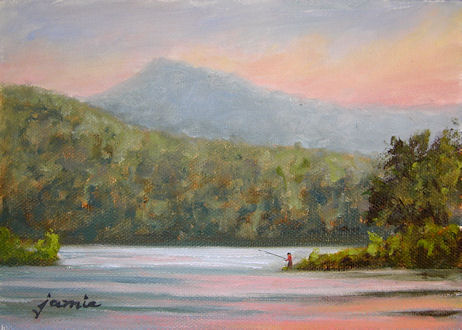
Golden Open Acrylics are also excellent for these situations where you need longer blending time and workability, and cannot use solvents. Again, I have to sacrifice significant pigment load compared with my traditional oils, but the acrylics have the advantage of drying faster, and being able to get varnished and out to buyers sooner. Disadvantage: the larger tubes and jars that acrylics come in don’t fit in my 5×7″ paintbox! Also, I need to use about three times the amount of paint compared with my oils. The small palette in my 5×7 box just isn’t big enough for the amount of paint I need to mix, even for a tiny painting. For these reasons, my little box is stocked with the water mixable oil paints.
Golden OPENs still have a place in my life. They’re wonderful in the portrait/figure studio (especially short pose sessions which generally do not allow solvents). I love painting on sized matboard, which I cannot do with oils. Golden OPENs perform very well for plein air work on hot sunny days when I want to use acrylics. I can mix my colors, and they remain workable throughout a painting session. They don’t skin over on the palette, yet thicken to the point where when I reach the end of an outdoor session and it’s time to lay on the highlights, I have nice thick paint to do so!
Old Truck at the Farm
8×10″, Golden OPEN Acrylics
Painted on a blazing hot day in the sun, these acrylics performed miraculously!
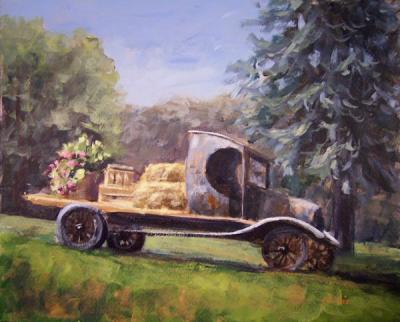
If it’s not too hot outside, or if I’m in the studio, I can use my all-time favorite acrylic paints —- Golden FLUID Acrylics. When you dilute heavy body acrylics to a more fluid consistency, it dilutes the pigment and the paint goes streaky. Golden FLUID Acrylics are made with a much higher pigment load than a diluted heavy body paint. I find them to be the perfect consistency, and combined with the use of Golden’s Acrylic Glazing Liquid, the drying time is extended so that they are perfectly blendable, yet tack up fast enough to overpaint. The 1 oz. bottles are a perfect size to take out in the field with me, and I refill them from large bottles that I leave in the studio. For plein air work, I get to travel home with a dry painting, so I don’t have to bring a wet panel carrier out into the field. They dry and cure so quickly that I can have them varnished and out the door in a week. They are also wonderful for underpainting, then using Golden OPENs over the top, and the underpainting stays perfectly in place. Disadvantages: They will dry out on your palette and on your brushes if you’re not careful. You need to be able to work quickly and mix on the fly, and spray the palette frequently to keep the paint wet.
Under the Bridge at Devil’s Kitchen
16×20″, Golden FLUID Acrylics

You mentioned the Atelier Interactive Acrylics in your comment, and as you can see from the photo, I have a set of my regular colors in that brand as well. I think they are very nice paints —- high pigment load and reasonably priced. As the Chroma company explains, these paints “interact” with the artist through a series of mediums that you can also see in the photo. These mediums can increase or decrease drying time of the paints, or even unlock dried paint to a workable consistency. What I’ve found is that without the mediums, the paints behave just like traditional, heavy body acrylics. I need to thin them to the consistency I want, and they skin over on my palette and dry quickly. No amount of spraying with water revives the dried paint, just like regular acrylics. Even though I could alter that with the Interactive mediums, I’d rather use paints that have the characteristics I need right out of the tubes. When painting out on location, the less I need to cart around with me, the better off I am. Those of you who work in the studio may find it’s no problem to deal with the adjustments of the paint.
The Phantom Tollbooth — Fall at Ward Pound Ridge Reservation
7×5″, Atelier Interactive Acrylics
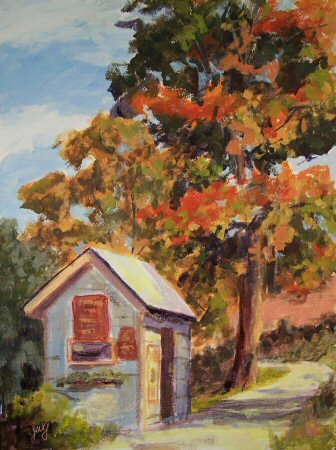
This brings us to another option…..Gouache! Using just a watercolor palette, sketchbook, and a few small tubes of paint, gouache enables me to paint with all the opacity of oils and all the transparency of watercolor, in a fast-drying, water-based medium that illustrators have used for generations. Companies like Holbein and Winsor Newton have been making more lightfast, archival, artist grade versions of these paints, and they have gone from the illustrator’s desk to a fine art medium in a very short time. Disadvantages: Artist grade gouache is very expensive. When working in an opaque manner, it’s possible to go through quite a bit of paint in a short time. Although it shares the same binders as watercolor, gouache does not rewet easily. When the paint dries out on the palette, it cannot be revived to the juicy, creamy consistency necessary to work the same way as with paint just out of the tube. Some of the new palettes with seals around the edges do a pretty good job of keeping the paint moist and workable. A damp sponge left inside the palette helps to maintain the moisture.
Garrison Castle and the Hudson River
5×7″,Winsor Newton and Holbein Gouache on Fabriano Artistico watercolor paper
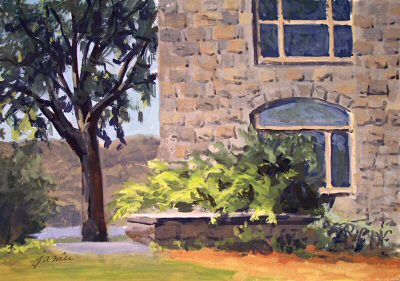
Watercolor remains the ultimate sketching medium for the artist on the go. Although most of us prefer fresh paint from tubes out on the palette, watercolors revive quite well if not left sitting too long. A small pan set can go anywhere, and tucks inside a purse or shirt pocket with a small sketchbook or watercolor block.
Leaning Toward Breakneck Ridge
11×15″, Winsor Newton and Holbein Watercolor
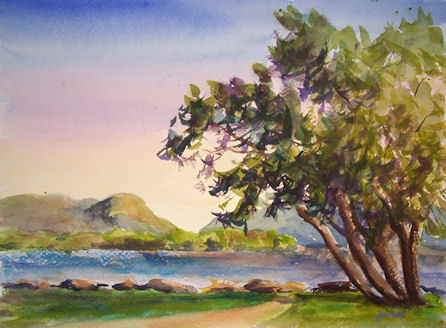
In Dennis’ post, he brings up colored pencils and Pitt pens as ideal plein air mediums. I agree with him! In addition, there are water soluble colored pencils that can bridge the gap between watercolors and colored pencils, Cretacolor color sticks in sepia, white and black for sketching on mid-tone paper, charcoal, inks in many colors, and marker sets. It seems that every time I turn around, there is something new and exciting to try in my sketchbook!
The Hickory Tree
Sepia and White Cretacolor leads in a 10×10 kraft paper sketchbook
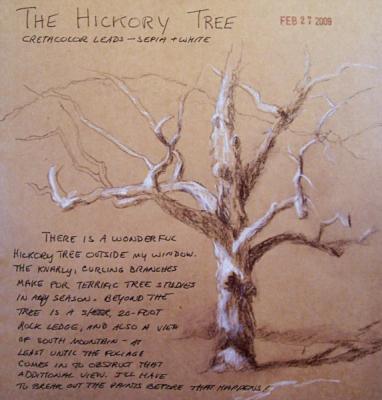
I hope this post has left my viewers inspired to try something new, or to pick up an old favorite you’ve left by the wayside for awhile. There are so many fabulous choices out there, and each has unique benefits and possibilities.
Now, go paint! 
Acrylic paintings, Demos/Work in Progress, Golden OPEN Acrylic Paintings, Product Reviews, Uncategorized, Watercolor | 2 Comments »
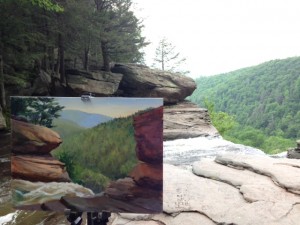
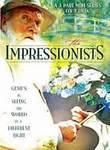
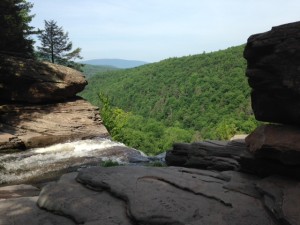
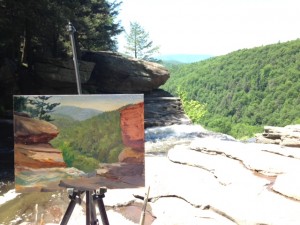
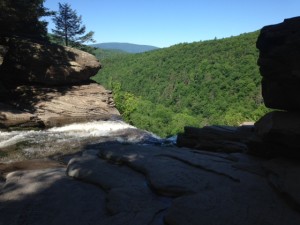
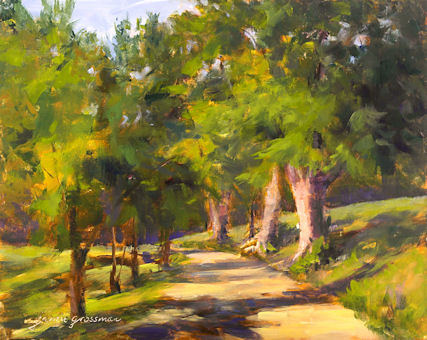
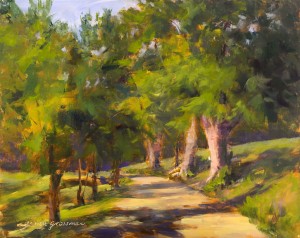
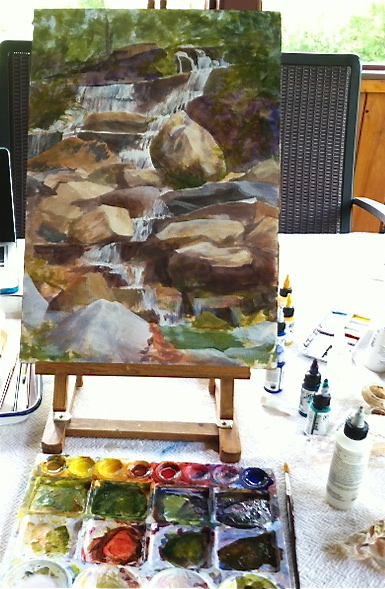
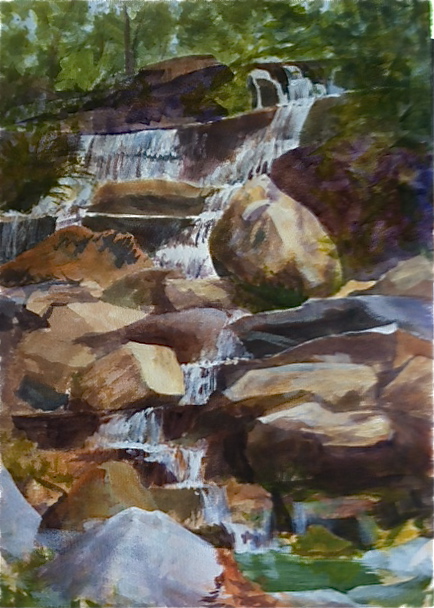


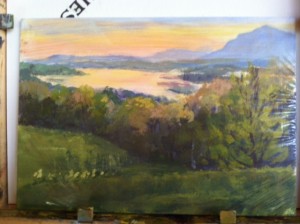

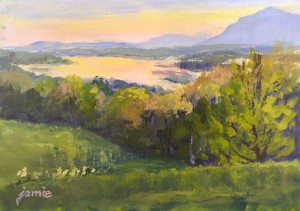

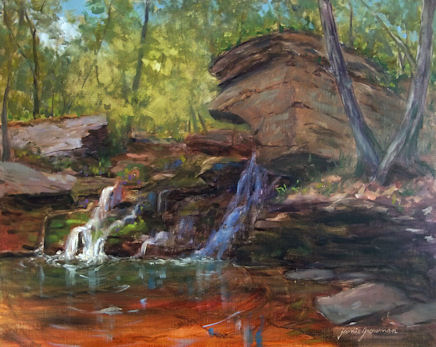
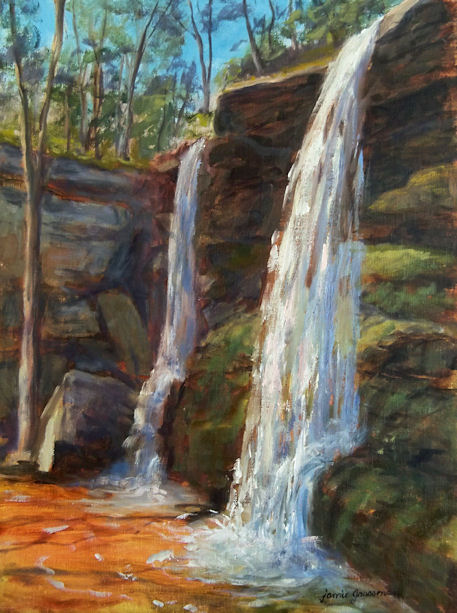
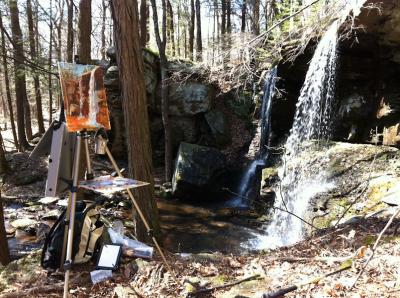
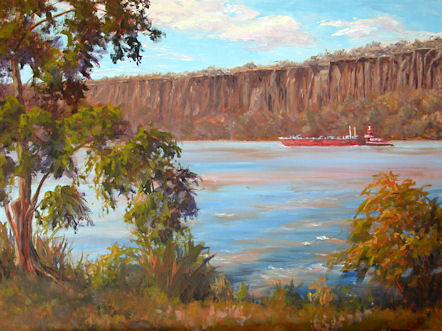
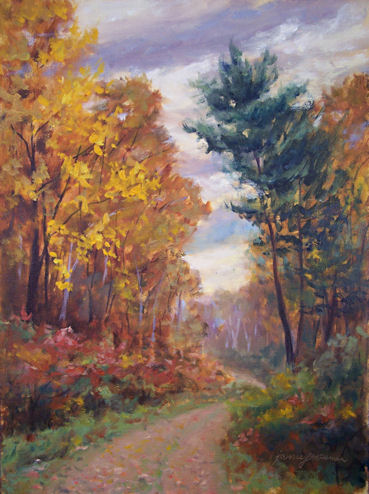
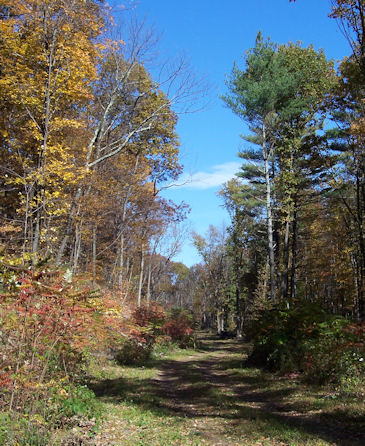
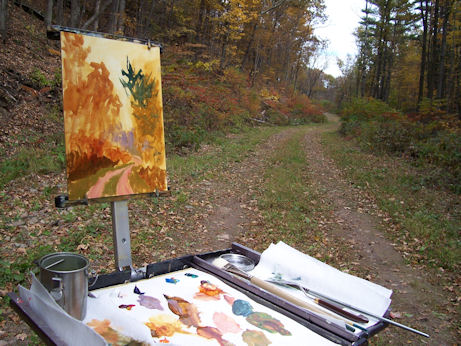









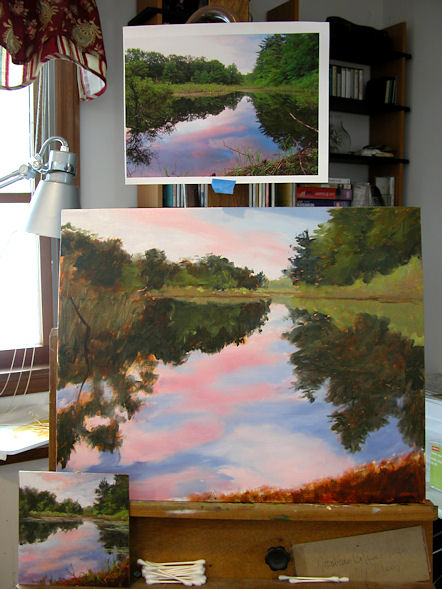
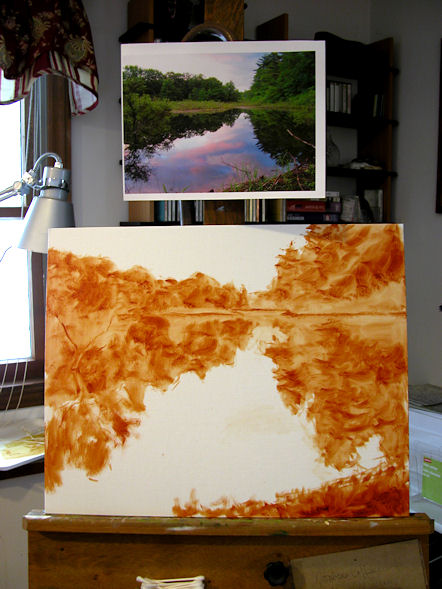
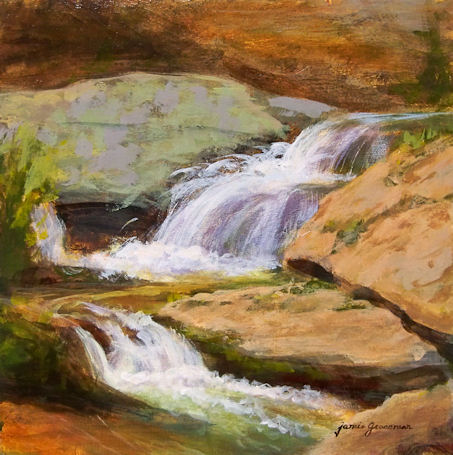
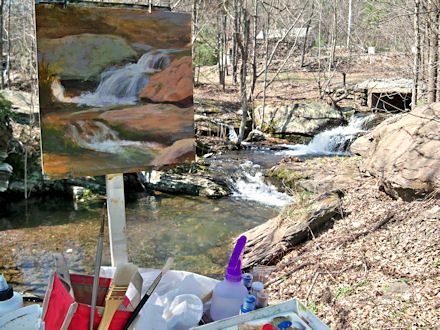


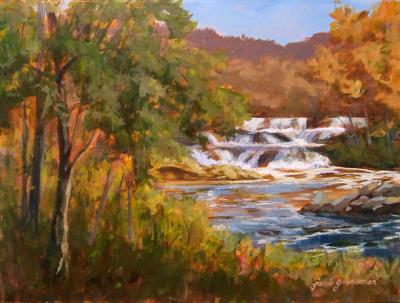
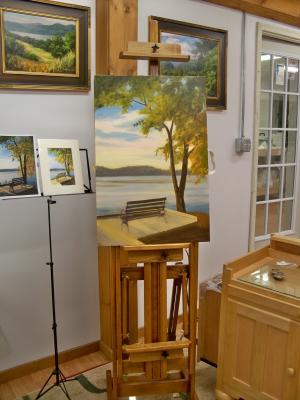
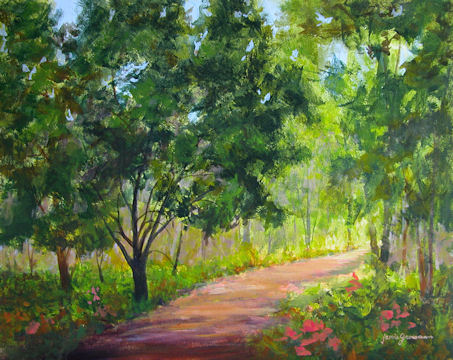
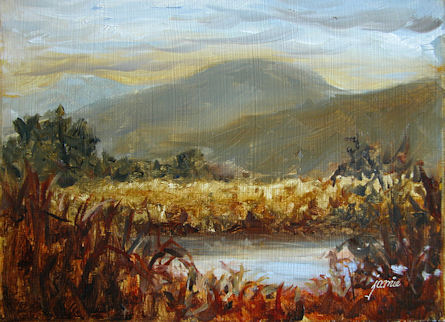
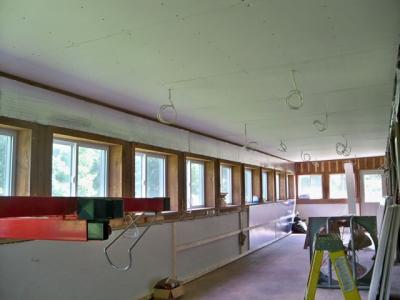
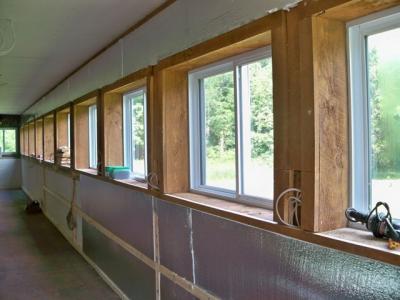
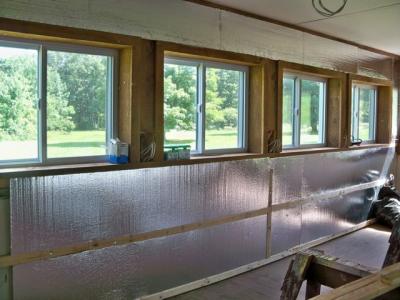
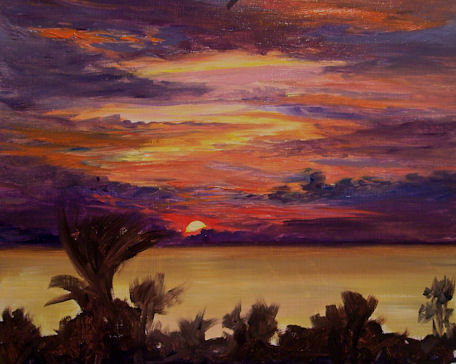
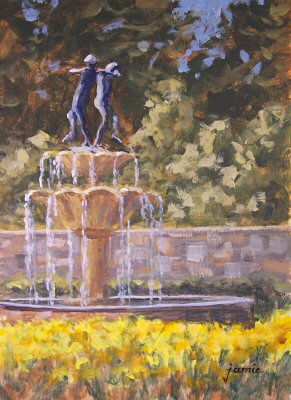
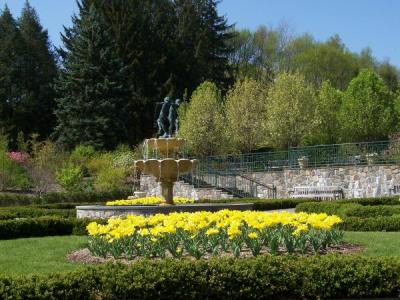

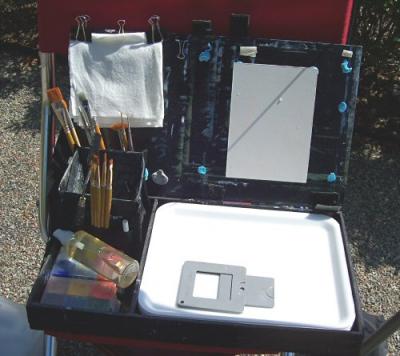
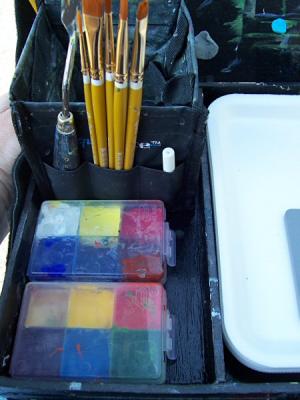
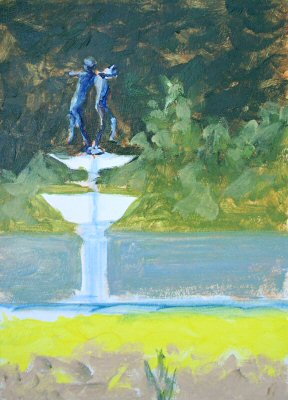
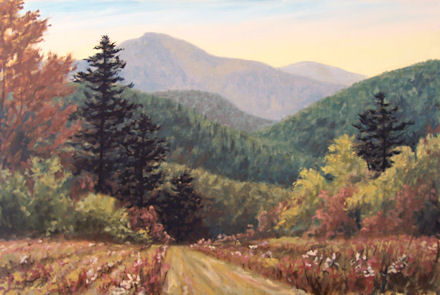
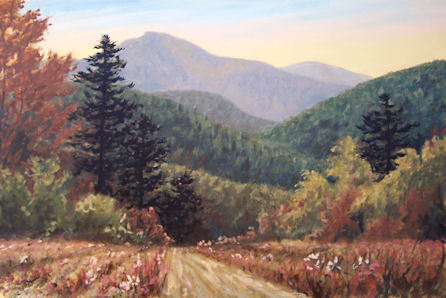
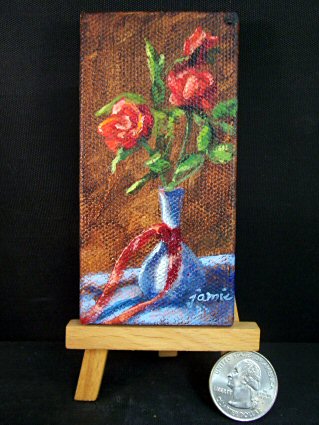
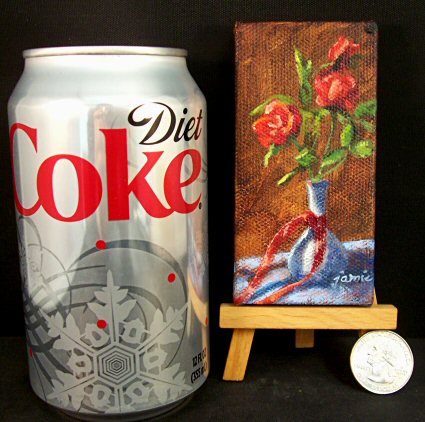
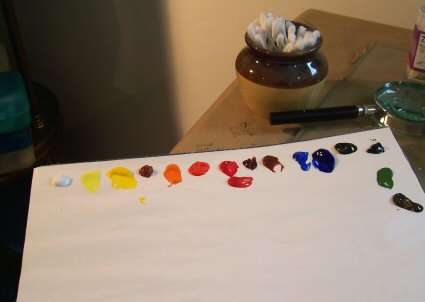
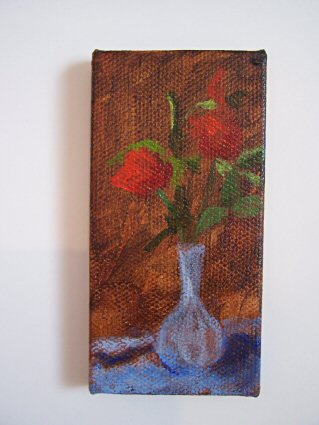
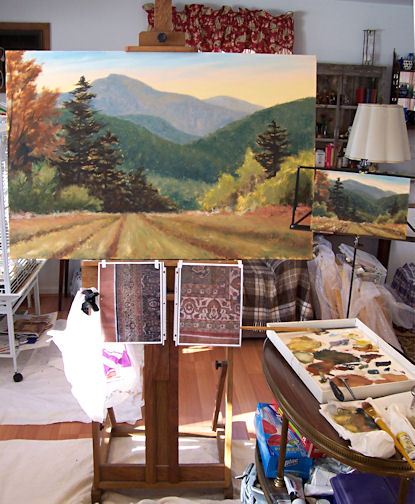


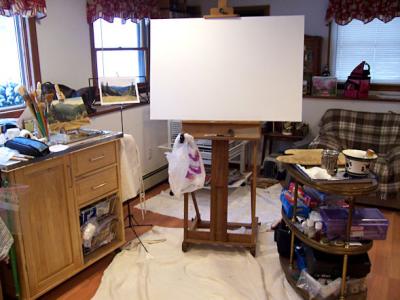
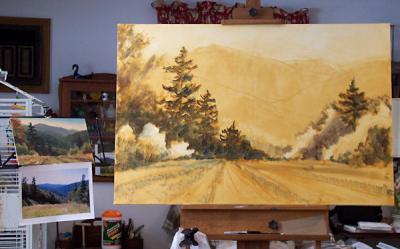
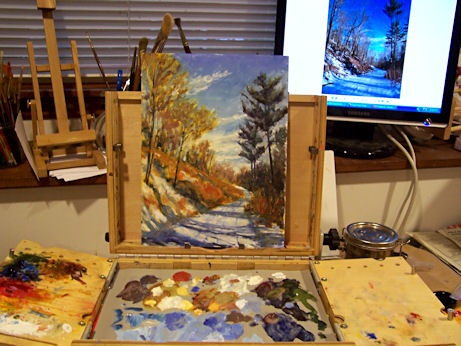
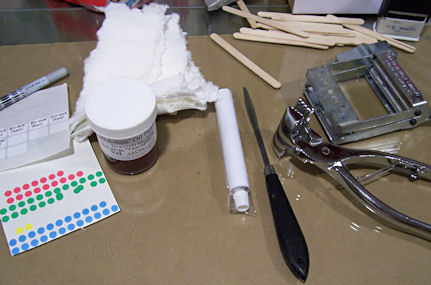
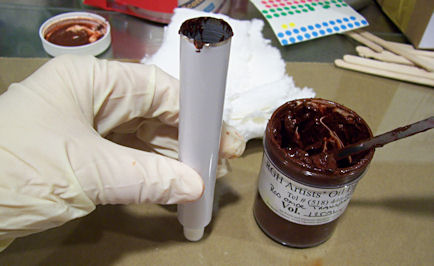
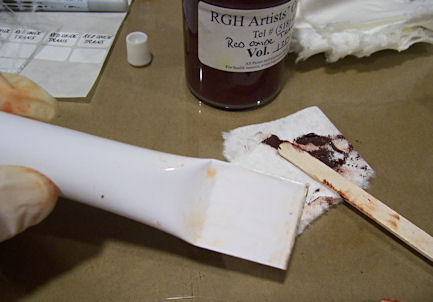
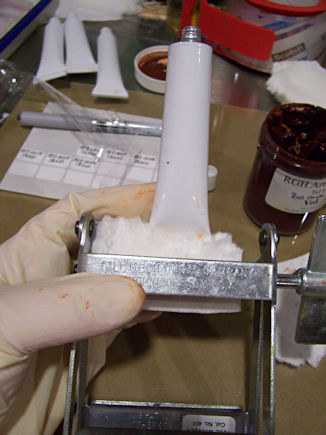
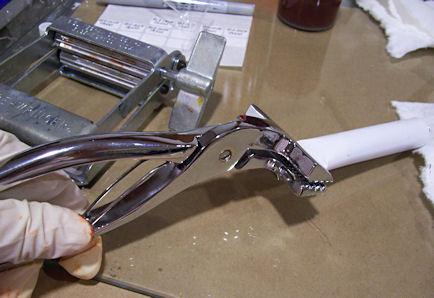
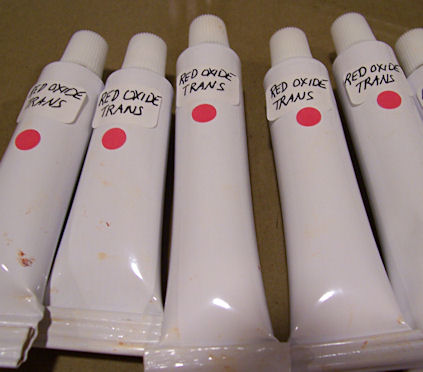
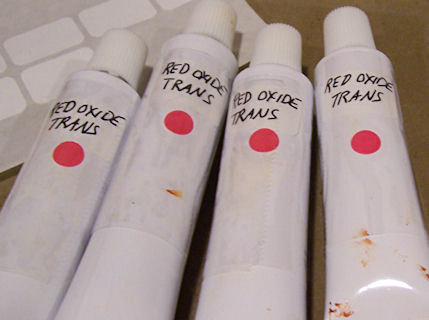
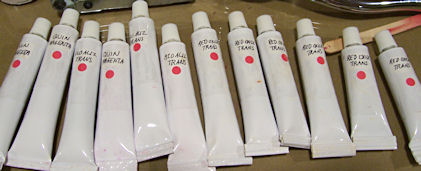
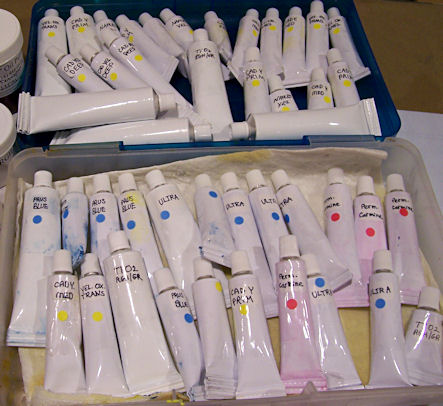
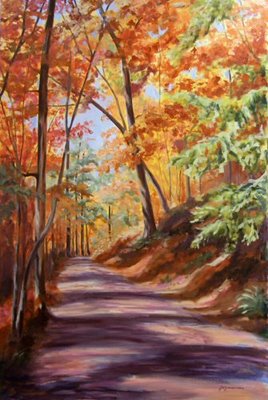


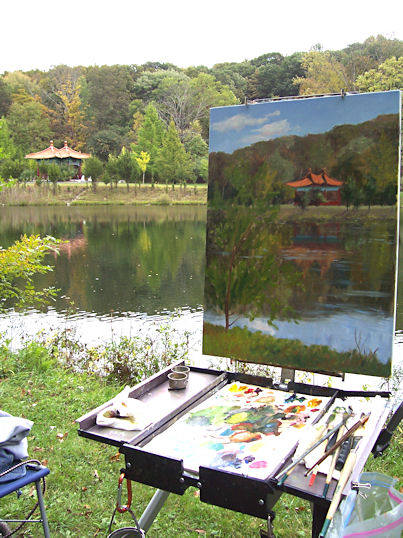
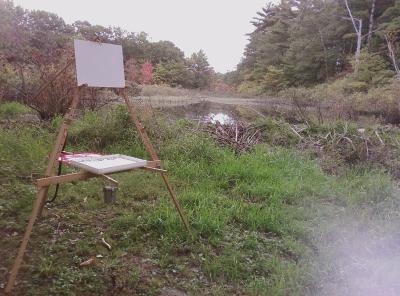

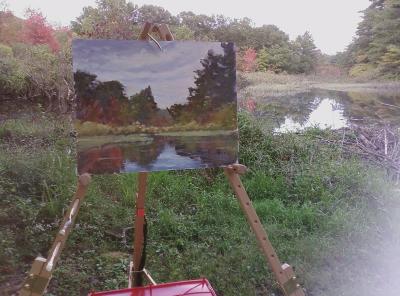

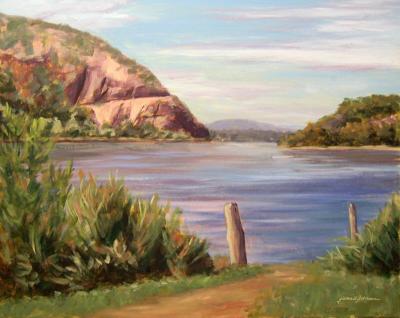
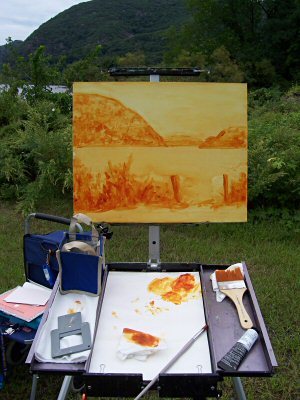

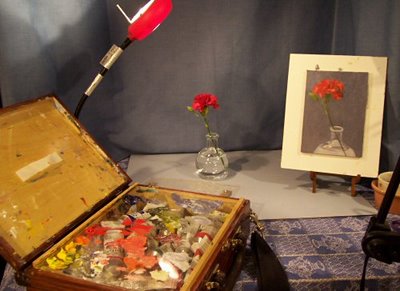


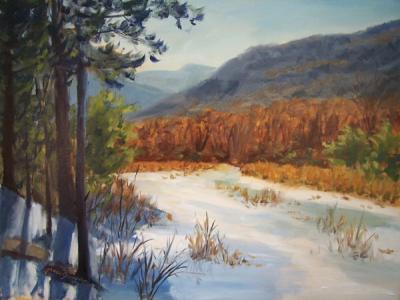
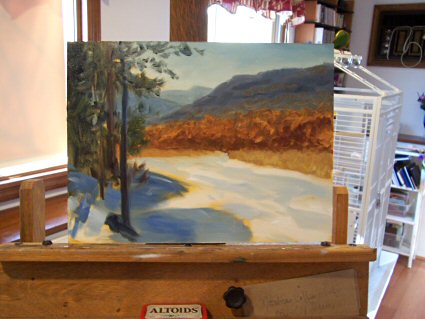
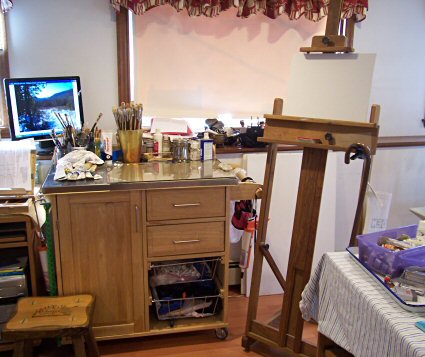
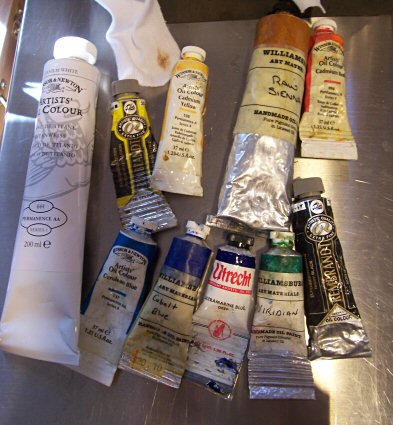
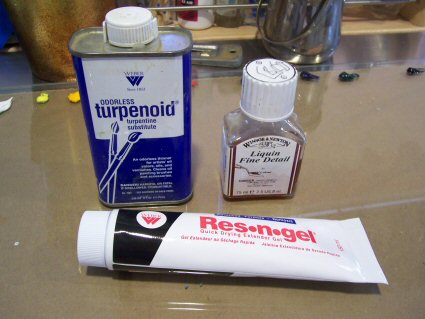
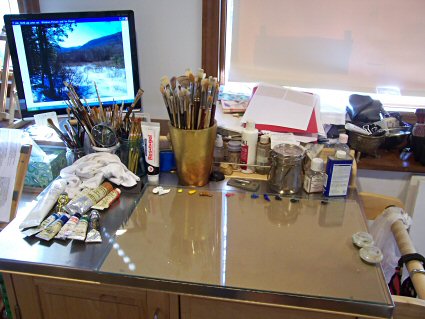




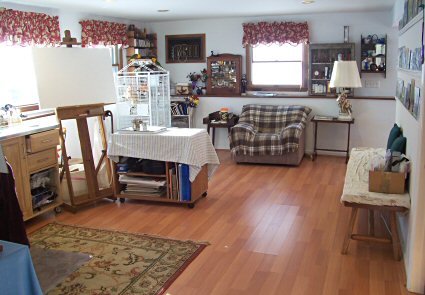
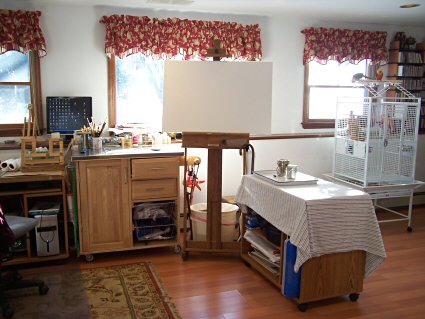

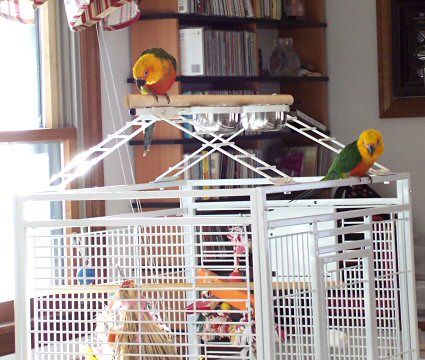
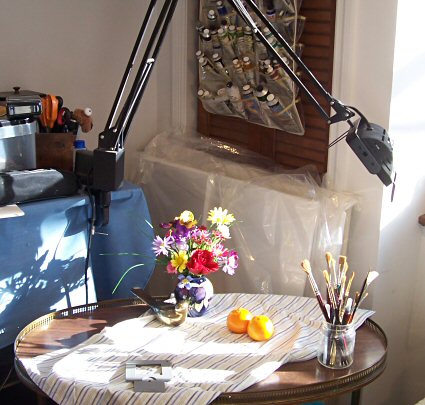
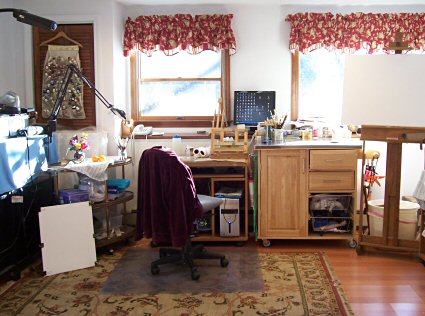

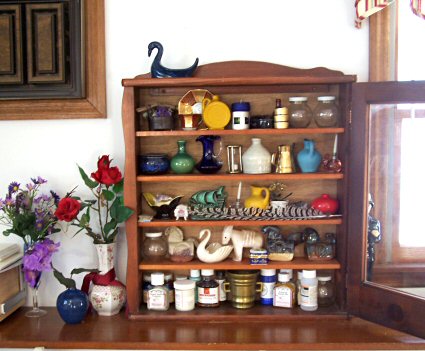
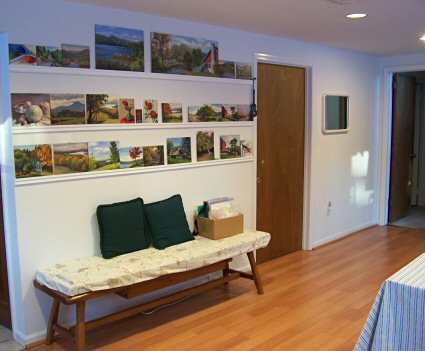
 I have to say though, mine rarely looks this neat. That’s why I had to take the pictures—so that I can remember it was once this way!
I have to say though, mine rarely looks this neat. That’s why I had to take the pictures—so that I can remember it was once this way!